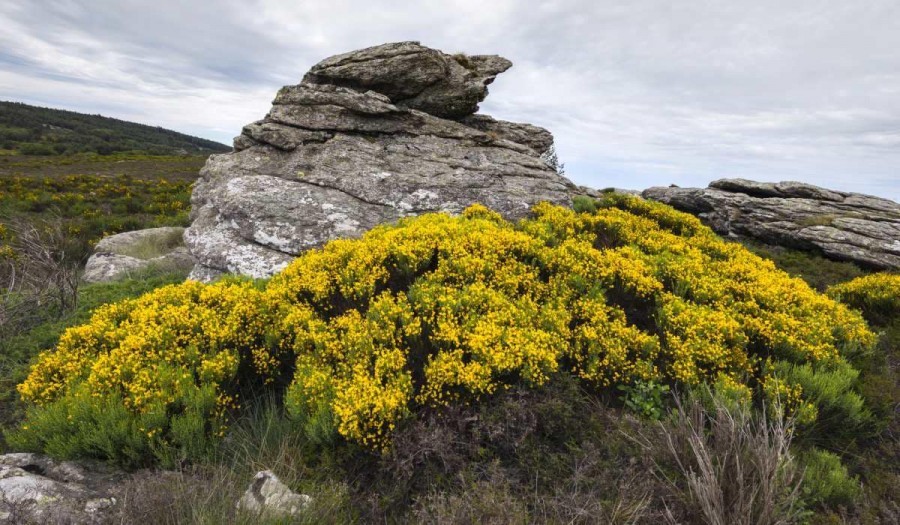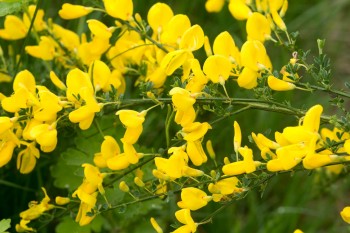WEED WEDNESDAY: Broom - Scotch and Cape (Cytisus scoparius, Genista monspessulana)
05th Apr 2023
WHAT'S THE IMPACT?
Broom is an evergreen shrub that competes with native plants and can alter the natural ecosystem or reduce stocking rates. Broom forms dense thickets which can block access by humans whilst also harbouring feral animals. Broom is also toxic to humans if ingested.
Leaves are:
• shortly stalked
• softly hairy with three leaflets per leaf
• middle leaflet is up to 20mm long, other leaves are shorter
Stems:
• are woody
• have numerous branches
• upper stems usually have five pronounced ridges
• erect
• sometimes bent at the nodes
Flowers are:
• yellow and pea-like
• 2-2.5cm long
• occurring singly or in pairs
Seedpods are:
• brown to black and pea-like
• hairy along the margins
• up to 7cm long and 1.3cm wide
• containing 5-22 seeds
Seeds are:
• yellowish-brown to olive green
• oval shaped up to 4mm long
• smooth, round and slightly flat
HOW DOES IT SPREAD?
Brooms spread seed by soil, water, machinery, footwear, stock and wildlife. The ability of the plants to shoot their seed some metres away allows infestations to thicken quickly and to spread, particularly along watercourses. Their pods burst open in hot weather during spring and summer, scattering seeds up to several metres from the plant. Seeds of these species have a hard coat that can delay germination for months or years, allowing large seed banks to develop. Seed can remain viable in the soil for many years and significant germination can occur after fire.





